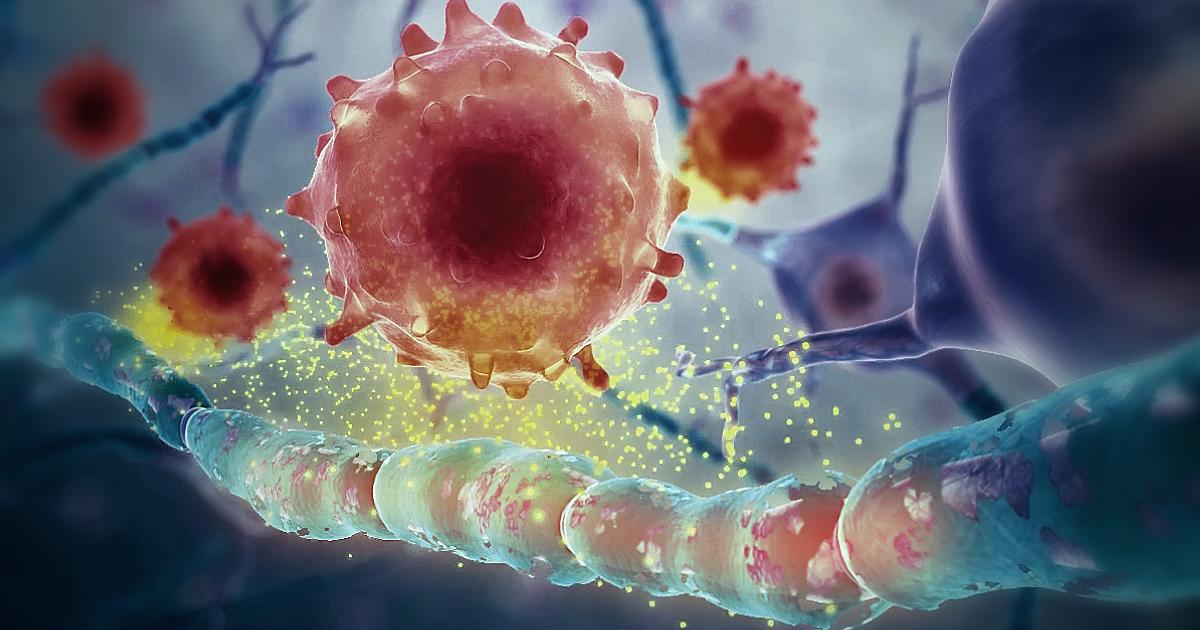Causes And Risk Factors Linked To Multiple Sclerosis
Multiple sclerosis is a long-term disease with debilitating effects on the spinal cord, brain, and optic nerves. It causes patients to have progressive problems with balance, vision, muscle control, and numerous other basic functions of the body. There are numerous variations of multiple sclerosis characterized by the disease course. Even though nerve damage is a common characteristic of everyone affected by multiple sclerosis, the pattern the disease and its symptoms follow is unique to each patient living with it. A diagnosis is made using long-established criteria and the elimination of other possible causes of a patient's symptoms. Spinal fluid analysis, magnetic resonance imaging, and blood tests are often used to rule out other possible conditions and diseases. There is no known cure for multiple sclerosis, and treatment focuses on managing symptoms, slowing disease progression, and expedited recovery from attacks.
Learn about the causes and risk factors linked to multiple sclerosis now.
Immune System Malfunction
The immune system of multiple sclerosis patients causes the central nervous system or the brain and spinal cord to become inflamed and damaged. There are a few main types of immune cells involved in the affected individual's abnormal immune response. T-cells enter the central nervous system through the blood vessels after becoming activated in the lymph system. When the T-cells enter the central nervous system, they release harmful chemicals that cause damage and inflammation to the tissues of the brain and spinal cord. Damage occurs to the nerve fibers, their myelin sheathing, and the cells that produce myelin. The type of cells in the immune system responsible for deactivating inflammation or T-regulatory cells are non-functional in multiple sclerosis patients. T-cells help activate the other type of immune system cell involved with multiple sclerosis called B-cells, which stimulate the action of certain proteins and make antibodies that cause direct damage to the cells in the central nervous system. A combination of these malfunctions in an individual's immune system causes multiple sclerosis to occur.
Learn more about the risk factors of multiple sclerosis now.
Gender And Age

An individual's gender and age may have an impact on their risk of developing multiple sclerosis. The relapsing forms of multiple sclerosis such as relapsing-remitting multiple sclerosis and progressive-relapsing multiple sclerosis are found much more commonly in females than they are in males. In primary-progressive multiple sclerosis and secondary-progressive multiple sclerosis, the distribution of individuals who are affected is equally divided between males and females. Multiple sclerosis is diagnosed between forty-five and sixty-four years old more often than it is within any other age groups. Between thirty and thirty-five years old is when most individuals tend to experience their first symptomatic manifestations of multiple sclerosis. Different types of multiple sclerosis affect certain age groups in different ways than others. For example, individuals who are fifty years old or older at the time they are diagnosed with multiple sclerosis are more likely to be affected by one of the more progressive variations of the disease.
Continue reading to reveal more risk factors associated with multiple sclerosis now.
